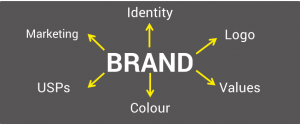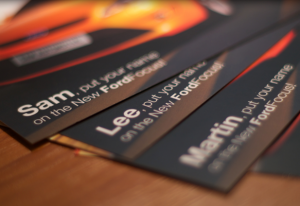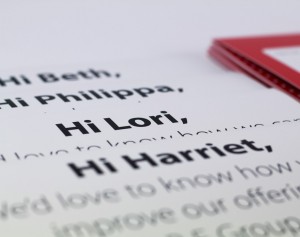Any good brand or marketing manager will tell you how hard it is to effectively manage a brand’s marketing assets. When working with multiple files in multiple formats, it can all be very overwhelming trying to manage all these assets. This is particularly true of organisations that operate across multiple locations with large teams distributed across sites.
On average, a marketer will look for an asset up to 16 times a day and fails to find it 35% of the time. This is a huge waste of time that could be better spent on business activities that actually make money. So how can you reclaim this time and enjoy more profitable collaborations with your colleagues? With the right brand asset management (BAM) platform, you can effectively and efficiently create, edit and distribute all of your marketing assets, giving you greater control.
#1 – Keep all assets in one, central place
Within large organisations, marketing and design teams can spend countless hours creating assets. From uploading branded assets, to incorporating new assets into the creative, a large proportion of the workday is spent handling them. When working with so many files, it can be difficult to manage all assets because the likeliness is they are stored on personal drives or desktops. This in turn makes it difficult for other people to access them when they are needed, especially when an employee leaves, is off sick or is simply away from their desk.
But if you were to store them in one, central repository – this wouldn’t be the case. You would have instant access to the files, without having to field requests from other people. Perfect for those looking to do their job quickly and effectively! By also having one repository, everyone knows exactly where to look when they need an asset.
#2 – Approve assets as they are uploaded
When you are working with hundreds, or even thousands of assets in various formats, checking and approving all assets can be a time-consuming task that slows down time to market. With a BAM, you can upload pre-approved templates with editable elements so that you can ensure all marketing assets produced are on brand. Everyone that has access to the BAM platform with access rights will be able to produce new assets using only the pre-approved templates; removing the need for a designer to artwork smaller jobs. Elements that shouldn’t be changed can be locked down while other elements can be edited with no design skills necessary.
With less time spent approving assets or waiting for assets to be artworked by a designer, marketers and brand managers can spend more time planning and working on the business activities that are actually going to make money.
#3 – Store files online
A recent study conducted found that 80% of organisations still relied on an email system to share brand assets internally. With marketers constantly looking to improve efficiency, storing files online for many has become an indispensable alternative.
By storing files online, brand managers and marketers can gain instant access to all of their latest assets. Assets can be accessed anytime, anywhere in the world using a single sign-on or through a company’s intranet. And because they’re stored off of your internal IT system, you can rest assured that they’re safe in the cloud. This also means that you can upload files from any location in the world, so important assets are available immediately.
#4 – Keep files clean
When handling very large volumes of assets in numerous formats, it can be very easy to fill up computer files with out-of-date assets. It can also be very easy to keep adding to the pile as new assets are created. This can very quickly result in a cluttered mess on your computer which becomes difficult to navigate.
By keeping files tidy and organising assets into clearly labelled files, you’ll always be able to find what you need. Archiving out-of-date assets is also a worthwhile task as they could be recycled or reused at a later date. Although organising existing files may seem like a laborious task, it will be worth it in the end.
#5 – Backup marketing assets
Misplacing or accidentally deleting assets and files is not only inconvenient, it is also costly to a business. One of the largest costs associated with producing assets is the use of a graphic designer’s time. So, the cost of having to reproduce assets from scratch every time they go missing can quickly add up. Backing up your files will ensure that this isn’t an issue. Saving them on a hard drive as well as on the cloud will have you covered from all angles. Your files will be online as well as stored online – meaning you have access at all times.
#6 – Control who can access what
If you have ever gone into a file to find someone has moved, or even worse deleted an asset, you know how irritating it is. With a brand asset management portal, you can limit who has access to what and restrictions can be set. By controlling who has access to your brand assets you can limit this kind of thing happening. If you can limit this kind of error from occurring, then you don’t need to worry about wasting time locating files that have been relocated, or perhaps even having to recreate the asset from scratch.
#7 – Make sure only the most up-to-date assets are available
When producing assets, there is likely to be various drafts and versions. If various versions of an asset end up on a shared drive, there is a possibility that the wrong version of the asset is going to be used in marketing communications. Not only is this unprofessional, but it can be damaging to your brand. If you have spent the time to build up your brand, you want to protect it. By ensuring only the most up-to-date assets are available to departments, you can rest assured that no one is going to use the wrong version.
Brand Centurion
Would you like assistance when it comes to managing and controlling your assets?
Brand Centurion by Burst Digital can solve many of the issues surrounding asset management. By providing sales and marketing teams with instant access to the right version, of the right asset, every time, organisations are saving both time and money. A dynamic portal that enables organisations to maintain brand consistency, prevent costly mistakes and order branded print marketing materials



